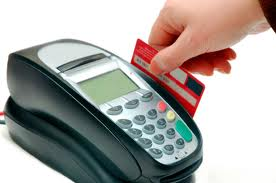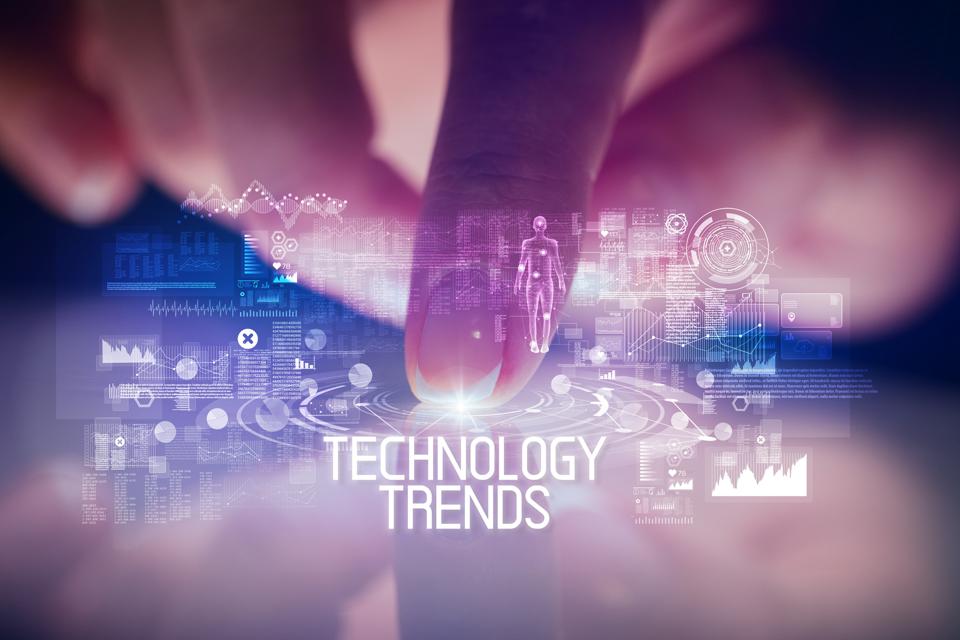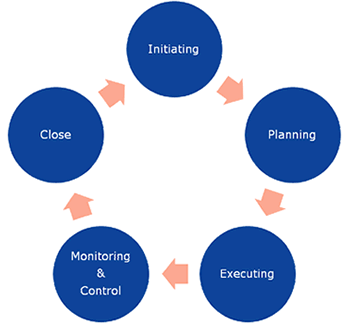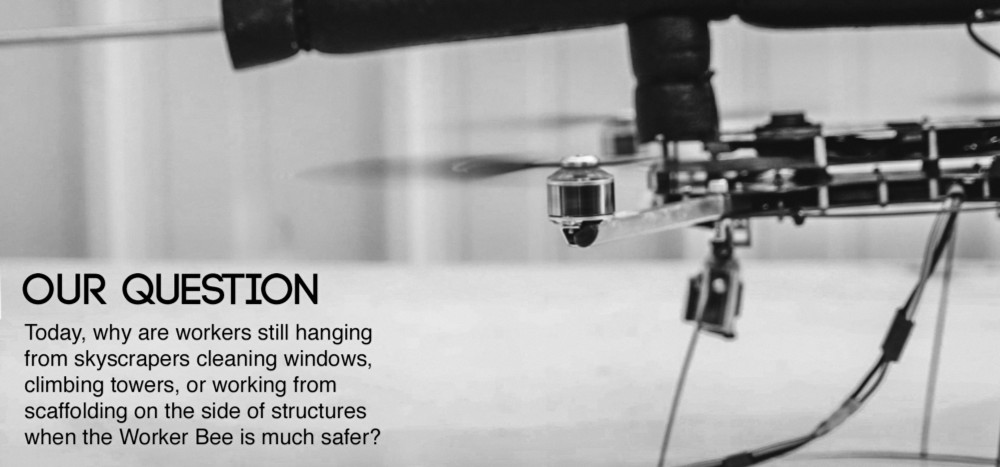RFID stands for radio frequency identification, which is a technology that stores and retrieves data from an item using radio waves. An RFID tag contains data about the item in question and can be scanned by a reader without having to bring it into the line of sight. RFID tags are used in a wide range of industries for tracking, security, and point-of-sale (POS) applications.
In recent years, RFID Label has become a popular alternative to barcodes for tracking inventory, assets, and even people.
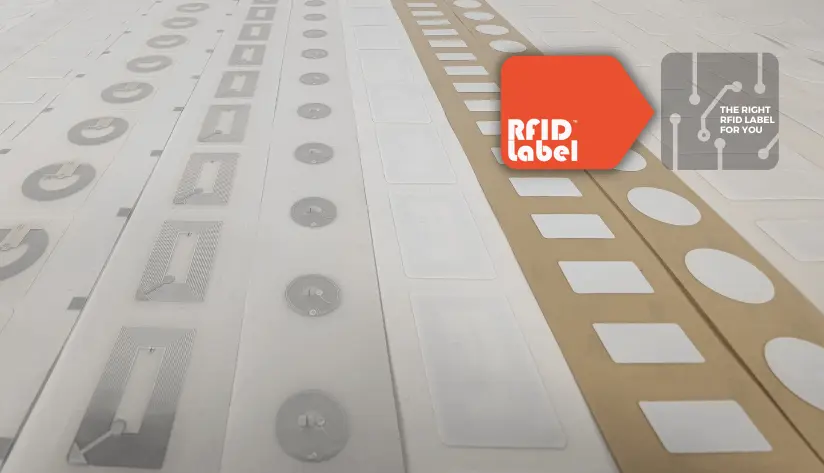
Advantages of RFID Technology
RFID technology is revolutionizing business and government operations worldwide. Companies are adopting the technology to improve their bottom line, streamline internal processes and boost productivity.
RFID technology is used in many applications, such as supply chain tracking, product authentication, luggage tracking, and animal identification. It is also used in libraries to secure premises and building access control. For instance, a library might use an RFID tag embedded in each book to keep track of its inventory.
The advantages of using RFID include:
- Heightened efficiency
- Reduced costs
- Greater accuracy and precision
- Skilled labor shortage mitigation
- Automation of tasks
The Bottom Line
Creating smart cards and e-passports with radio frequency identification (RFID) has been around for decades, but now it’s being used more and more. Companies like Amazon and Walmart are using RFID to track inventory and consumer behavior, while retailers like Nordstrom are using the technology to simplify customer checkout.
Even if you don’t know RFID by name, you’ve probably used or seen it in action. If you’ve ever swiped your EZ Pass on a toll road or scanned your passport with an e-passport reader before boarding a flight, you’ve already interacted with RFID technology.
It was originally used by the military to identify vehicles during wartime and has now spread into many other industries such as healthcare, automotive manufacturing, and retail.


